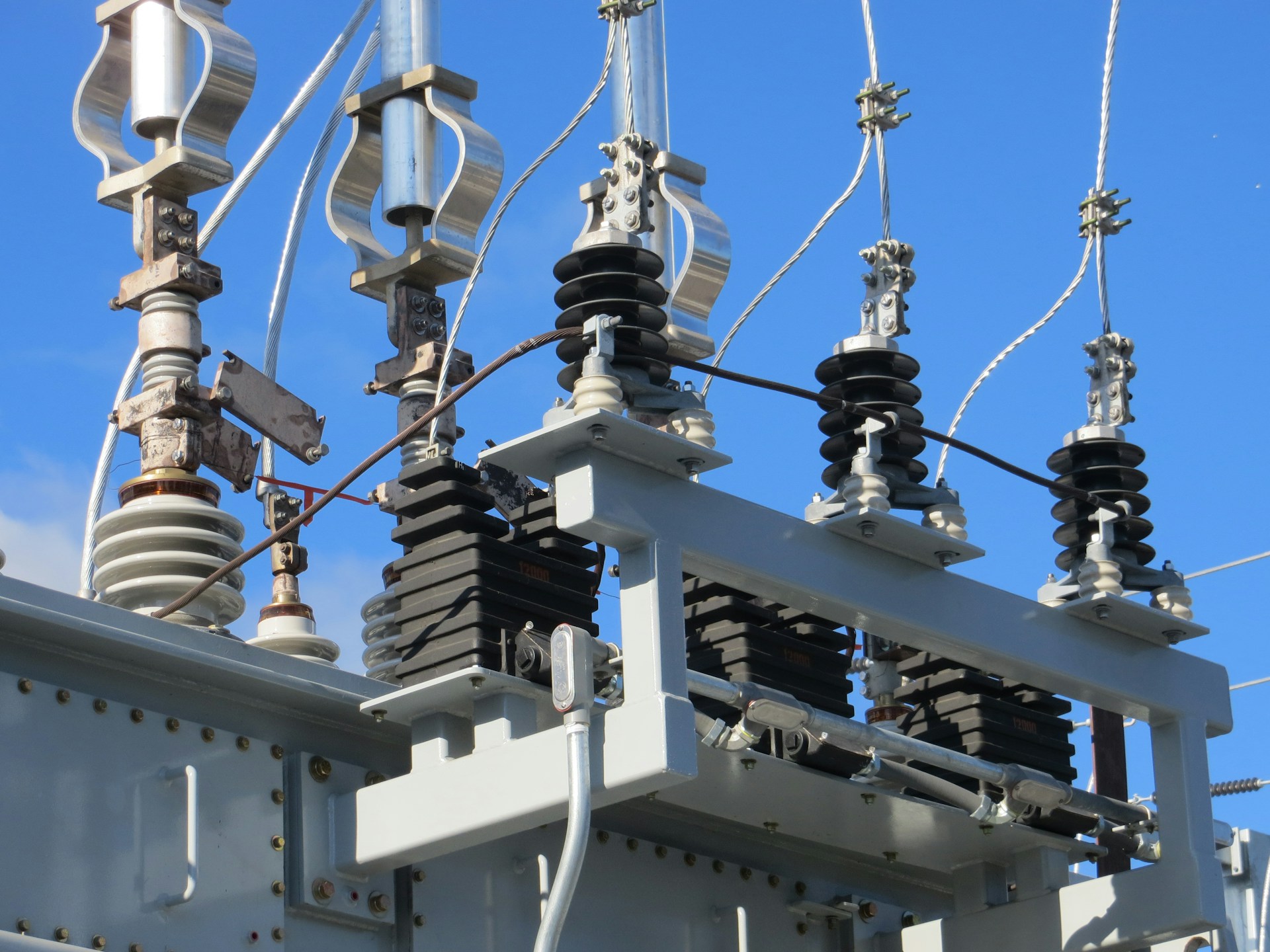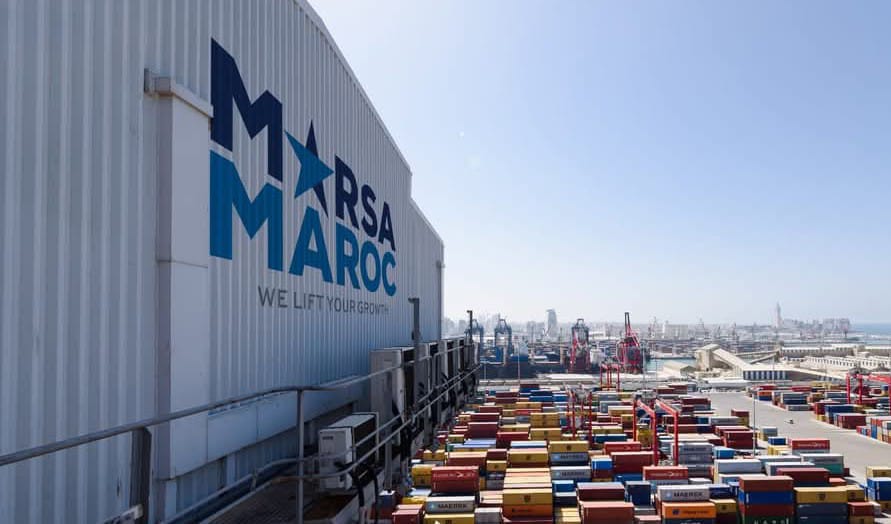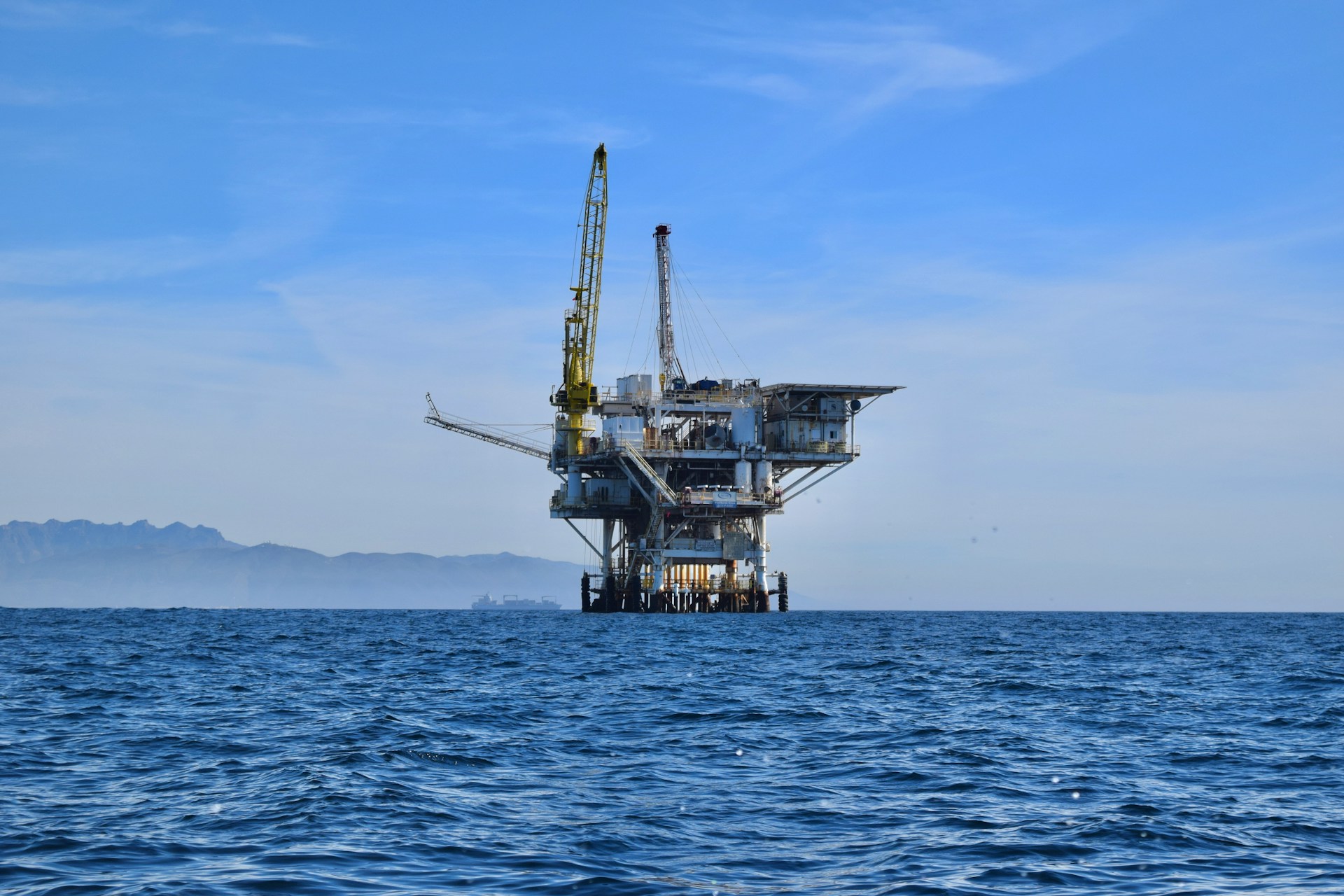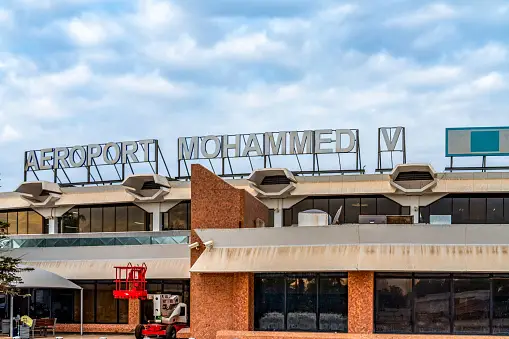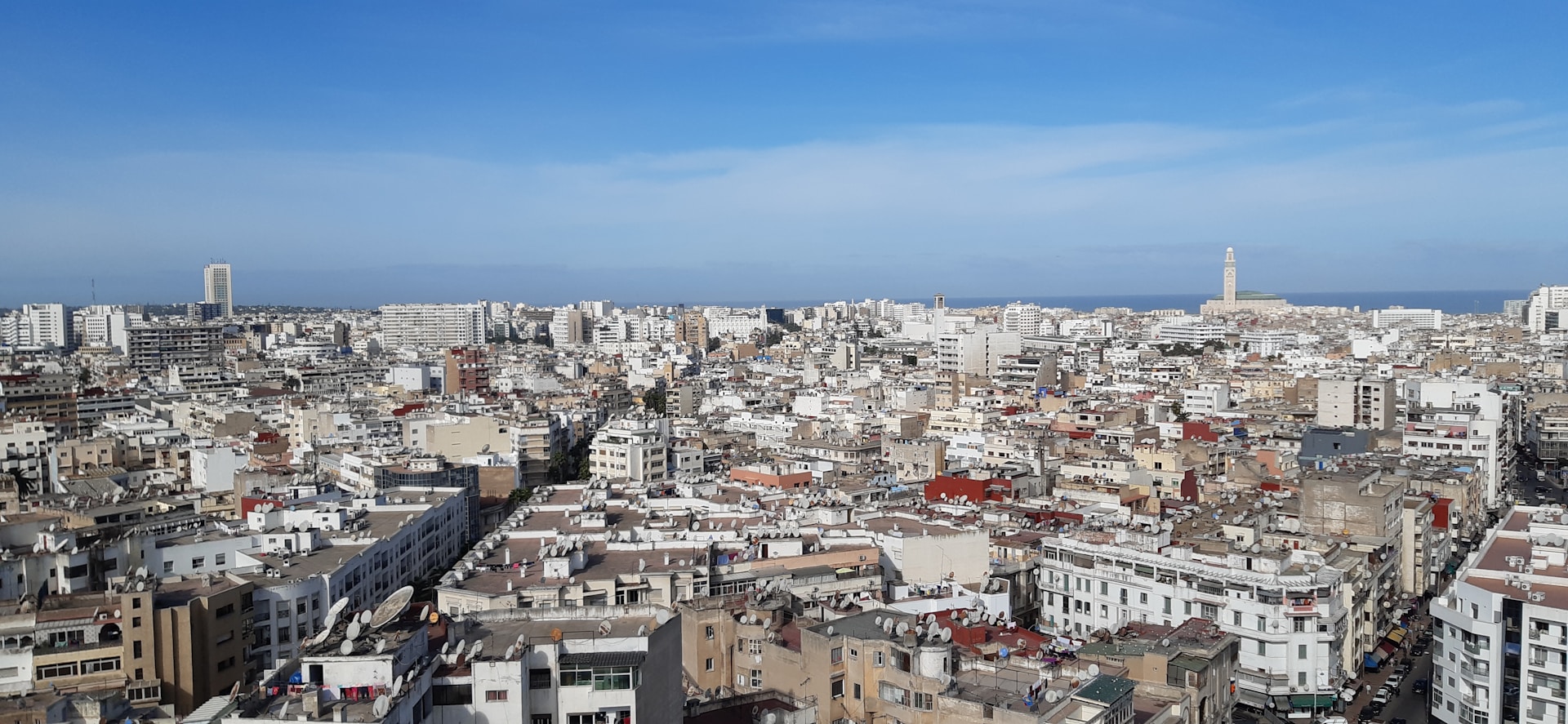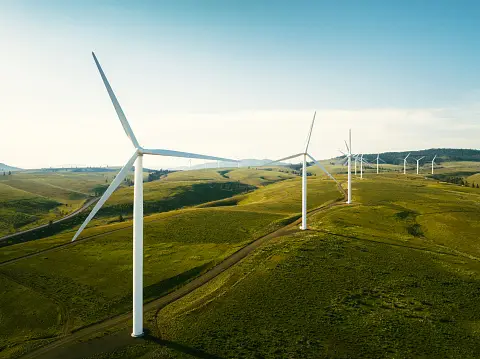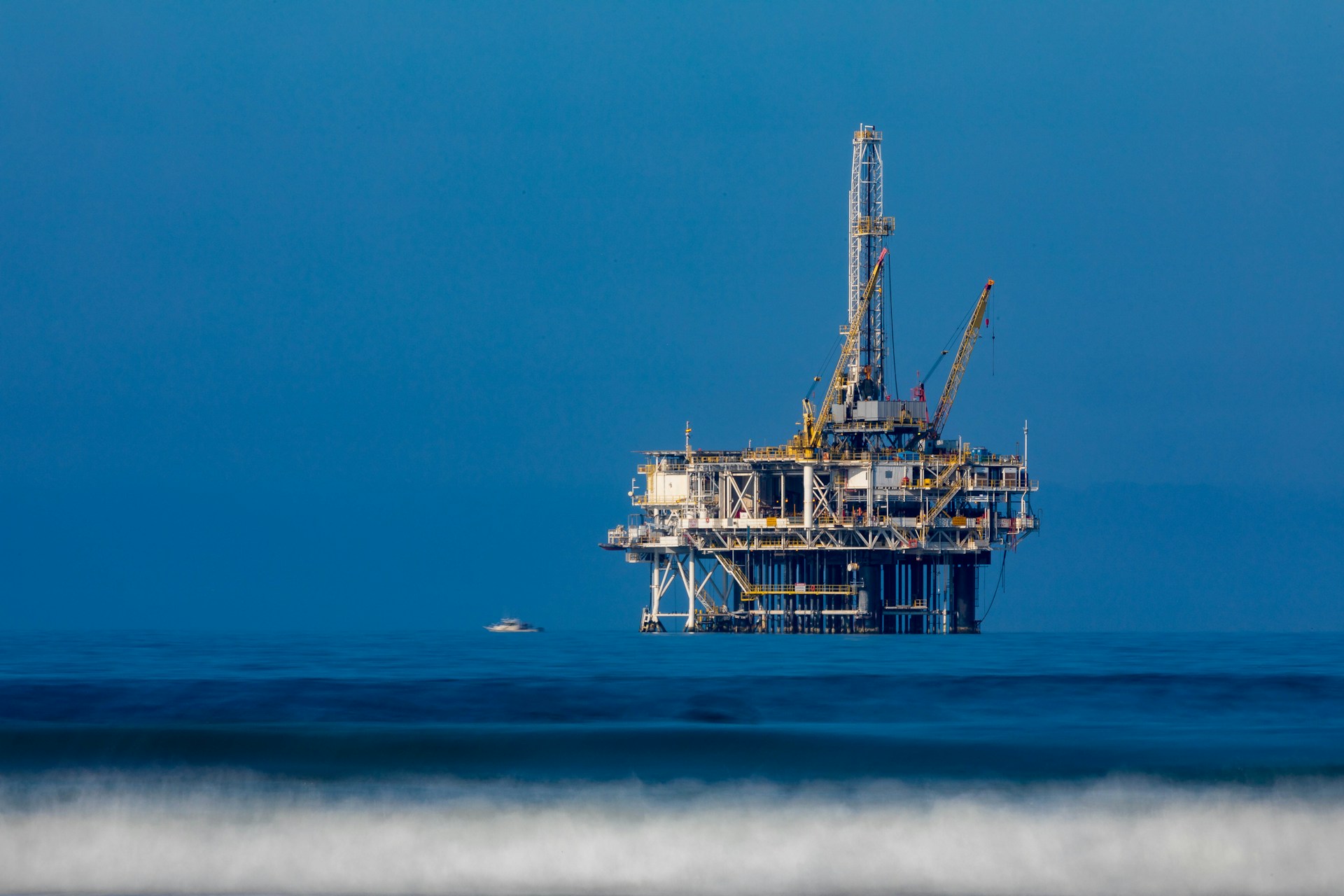Casablanca – Morocco’s silver mining sector is experiencing a remarkable upturn, led by Canadian company Aya Gold & Silver, which operates the Zgounder and Boumadine mines in the country. The company announced record-breaking operational and financial results for the first quarter of 2025, reflecting a sharp rise in production and benefiting from a significant increase in global silver prices.
In its Q1 2025 earnings report, Aya Gold & Silver reported revenues of $33.8 million, a 566% increase compared to the same period in 2024. This growth was largely driven by a substantial ramp-up in silver production at the Zgounder mine, located near Taroudant in southern Morocco, as well as favorable market conditions that lifted average silver prices to a multi-year high.
Significant growth in production
Silver output at Zgounder rose sharply during the first three months of the year. Aya reported producing 1.07 million ounces of silver in Q1 2025, marking a 192% year-on-year increase. Of this amount, 1.06 million ounces were sold, which represents a 346% rise in sales volume compared to the first quarter of 2024.
This surge in production followed the completion of a major expansion project at the Zgounder site in late 2024. The upgrades included a new processing facility, significantly enhancing the mine’s capacity. As a result, the company has set its full-year production target for 2025 between 5 and 5.3 million ounces, compared to just 1.63 million ounces in 2024.
Aya’s second asset in Morocco, the Boumadine project located in the Drâa-Tafilalet region, is also expected to contribute to future output. The company has secured a $25 million credit facility from the European Bank for Reconstruction and Development (EBRD) to support the mine’s development, strengthening Aya’s long-term presence in Morocco.
Global market conditions boost revenue
The company’s financial results were further supported by a rising global silver market. Aya reported an average realized price of $31.87 per ounce for silver sold during the quarter—up nearly 50% from the prior year. This increase reflects a broader trend in the international market, where silver prices have climbed in the wake of geopolitical uncertainty, strong industrial demand, and investor interest in precious metals as safe-haven assets.
According to the World Bank, silver prices increased by 2% year-on-year in Q1 2025, building on gains recorded throughout 2024. In October 2024, silver futures briefly peaked at $34.25 per ounce, the highest level since 2012.
Aya’s ability to capitalize on these conditions—through both increased production and favorable pricing—enabled the company to reverse its financial position. It reported a net profit of $6.9 million for the quarter, compared to a net loss of $2.6 million in Q1 2024.
Improved efficiency and lower costs
In addition to higher revenues, Aya also achieved improvements in operational efficiency. The company reduced its cash cost per ounce of silver sold to $18.93, down from $20.31 in the same period last year. This decrease in unit costs contributed to stronger margins and enhanced overall profitability.
Company CEO Benoit La Salle highlighted the strategic importance of these developments, noting that Aya is well positioned to deliver sustained growth. “With strong cash flow generation, improved cost performance, increased production, and a solid liquidity position, Aya is well placed to maximize profitability and deliver strong shareholder returns,” La Salle said in a statement.
Outlook and national context
Aya’s success reflects a broader opportunity for Morocco to strengthen its position as a significant player in the global silver market. The country’s mining sector, already an important contributor to the national economy, stands to gain from both increased private investment and global demand for strategic minerals.
As the Zgounder expansion continues to ramp up and Boumadine development advances, Morocco could see a sustained rise in silver output, export revenues, and employment in the mining sector.
While global market conditions remain volatile, the company’s recent performance suggests that Morocco’s silver production is on a solid trajectory, bolstered by robust infrastructure investments and favorable commodity prices.




